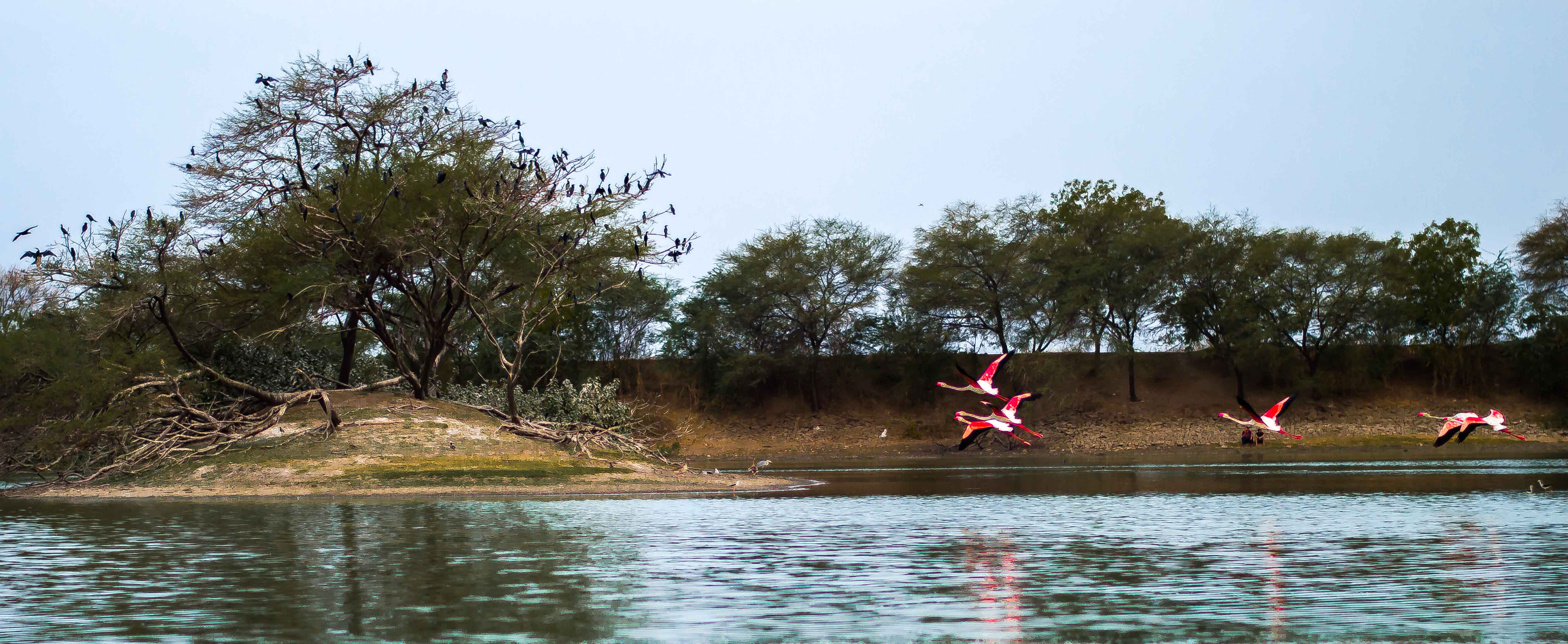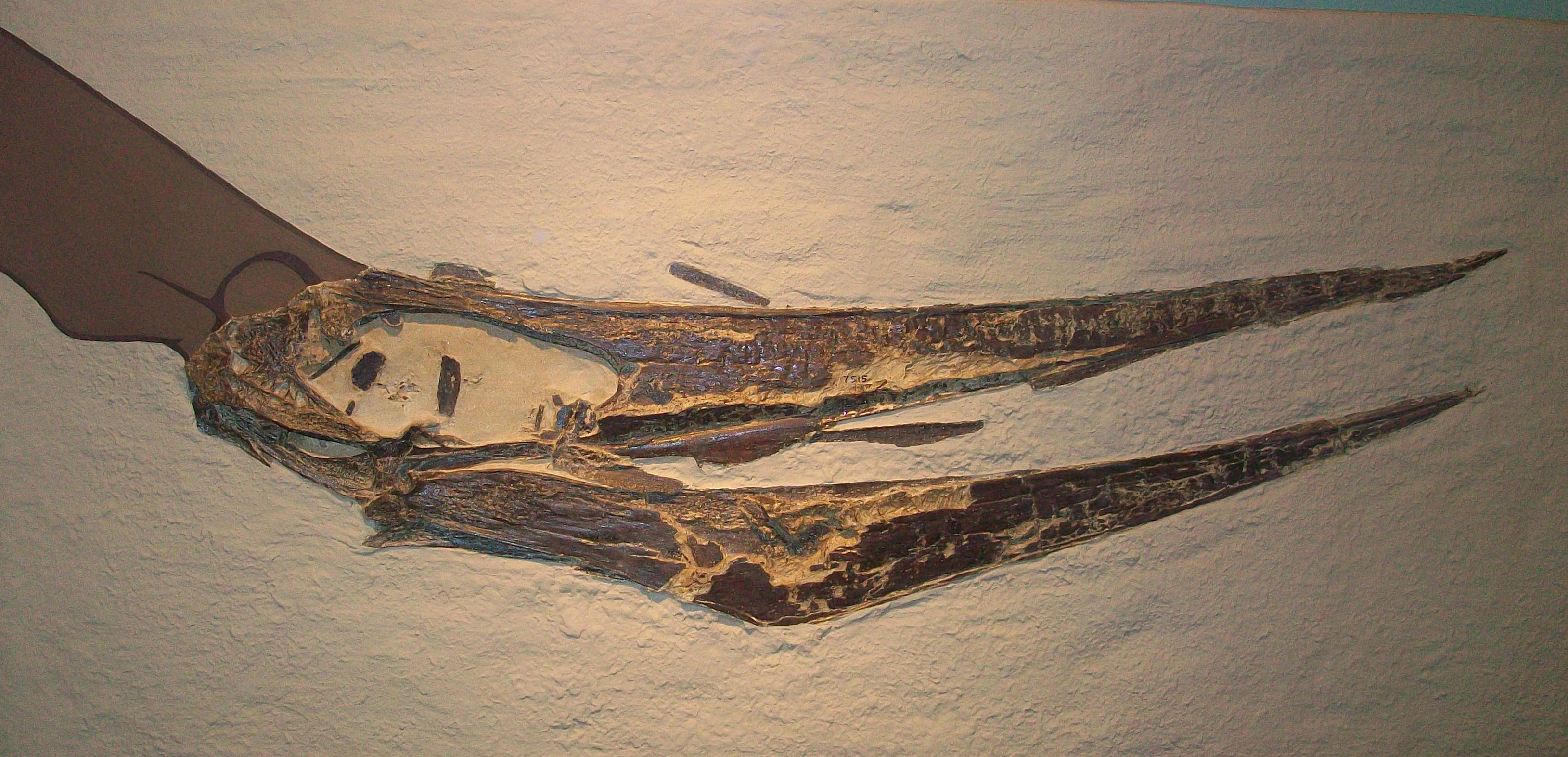|
Skybax
The skybax (''Quetzalcoatlus skybax'') is a fictional creature in the ''Dinotopia'' fantasy book series. In the series, it carries "skybax riders" to their destination, although the skybax itself does the steering. The master pilot that trains the riders in the books is Oolu, one of the Aerial Habitat Partners. It is shown in the series to be a separate species from ''Q. northropi'', referred to as ''Quetzecoatlus skybax'' in one of the books. Story Ancient times Long ago, the skybax rose above the canyons and chose the rainbow as its sign. Its brother species the ''Pteranodon'' became hermit-like and remained below the canyons as a guardian of the World Beneath. The first flight Thousands of years ago, the advanced city of Poseidos was plotting to take over the rest of Dinotopia. One boy, Gideon Altaire, who loved the forbidden mainland, defied the law and stole the Ruby Sunstone from the Air Scorpion, a new vessel built for conquest, cutting off the machine's source of power. In ... [...More Info...] [...Related Items...] OR: [Wikipedia] [Google] [Baidu] |
Dinotopia
''Dinotopia'' is a series of illustrated fantasy books, created by author and illustrator James Gurney. It is set in the titular Dinotopia, an isolated island inhabited by shipwrecked humans and Sapience, sapient dinosaurs who have learned to Human-dinosaur coexistence, coexist peacefully as a single Symbiosis, symbiotic society. The first book was published in 1992 and has "appeared in 18 languages in more than 30 countries and sold two million copies." ''Dinotopia: A Land Apart from Time'' and ''Dinotopia: The World Beneath'' both won Hugo awards for best original artwork. Since its original publication, over twenty ''Dinotopia'' books have been published by various authors to expand the series. A Dinotopia (miniseries), live-action television miniseries, a short-lived Dinotopia (TV series), live-action TV series, a 2005 animated film, and several video games have also been released. Background Gurney's assignments for ''National Geographic (magazine), National Geographic'' ... [...More Info...] [...Related Items...] OR: [Wikipedia] [Google] [Baidu] |
Quetzalcoatlus
''Quetzalcoatlus'' is a genus of pterosaur known from the Late Cretaceous period of North America (Maastrichtian stage); its members were among the largest known flying animals of all time. ''Quetzalcoatlus'' is a member of the Azhdarchidae, a family of advanced toothless pterosaurs with unusually long, stiffened necks. Its name comes from the Aztec feathered serpent god Quetzalcoatl. The type species is ''Q. northropi'', named by Douglas Lawson in 1975; the genus also includes the smaller species ''Q. lawsoni'', which was known for many years as an unnamed species before being named by Brian Andres and Wann Langston Jr. (posthumously) in 2021. Discovery and species The first ''Quetzalcoatlus'' fossils were discovered in Texas, United States, from the Maastrichtian Javelina Formation at Big Bend National Park (dated to around 68 million years ago) in 1971 by Douglas A. Lawson, then a geology graduate student from the Jackson School of Geosciences at the University of Texas ... [...More Info...] [...Related Items...] OR: [Wikipedia] [Google] [Baidu] |
Fiction
Fiction is any creative work, chiefly any narrative work, portraying individuals, events, or places that are imaginary, or in ways that are imaginary. Fictional portrayals are thus inconsistent with history, fact, or plausibility. In a traditional narrow sense, "fiction" refers to written narratives in prose often referring specifically to novels, novellas, and short stories. More broadly, however, fiction encompasses imaginary narratives expressed in any medium, including not just writings but also live theatrical performances, films, television programs, radio dramas, comics, role-playing games, and video games. Definition Typically, the fictionality of a work is publicly marketed and so the audience expects the work to deviate in some ways from the real world rather than presenting, for instance, only factually accurate portrayals or characters who are actual people. Because fiction is generally understood to not fully adhere to the real world, the themes and conte ... [...More Info...] [...Related Items...] OR: [Wikipedia] [Google] [Baidu] |
Rainbow
A rainbow is a meteorological phenomenon that is caused by reflection, refraction and dispersion of light in water droplets resulting in a spectrum of light appearing in the sky. It takes the form of a multicoloured circular arc. Rainbows caused by sunlight always appear in the section of sky directly opposite the Sun. Rainbows can be full circles. However, the observer normally sees only an arc formed by illuminated droplets above the ground, and centered on a line from the Sun to the observer's eye. In a primary rainbow, the arc shows red on the outer part and violet on the inner side. This rainbow is caused by light being refracted when entering a droplet of water, then reflected inside on the back of the droplet and refracted again when leaving it. In a double rainbow, a second arc is seen outside the primary arc, and has the order of its colours reversed, with red on the inner side of the arc. This is caused by the light being reflected twice on the inside of the drop ... [...More Info...] [...Related Items...] OR: [Wikipedia] [Google] [Baidu] |
Pteranodon
''Pteranodon'' (); from Ancient Greek (''pteron'', "wing") and (''anodon'', "toothless") is a genus of pterosaur that included some of the largest known flying reptiles, with ''P. longiceps'' having a wingspan of . They lived during the late Cretaceous geological period of North America in present-day Kansas, Nebraska, Wyoming, South Dakota and Alabama. More fossil specimens of ''Pteranodon'' have been found than any other pterosaur, with about 1,200 specimens known to science, many of them well preserved with nearly complete skulls and articulated skeletons. It was an important part of the animal community in the Western Interior Seaway. ''Pteranodon'' was not a dinosaur. By definition, all dinosaurs belong to the group Dinosauria; ''Pteranodon'' belongs to the group Pterosauria. Nonetheless, ''Pteranodon'' is the most famous pterosaur, frequently featured in dinosaur media and strongly associated with dinosaurs by the general public. While not dinosaurs, pterosaurs such as ' ... [...More Info...] [...Related Items...] OR: [Wikipedia] [Google] [Baidu] |
Fear
Fear is an intensely unpleasant emotion in response to perceiving or recognizing a danger or threat. Fear causes physiological changes that may produce behavioral reactions such as mounting an aggressive response or fleeing the threat. Fear in human beings may occur in response to a certain stimulus occurring in the present, or in anticipation or expectation of a future threat perceived as a risk to oneself. The fear response arises from the perception of danger leading to confrontation with or escape from/avoiding the threat (also known as the fight-or-flight response), which in extreme cases of fear (horror and terror) can be a freeze response or paralysis. In humans and other animals, fear is modulated by the process of cognition and learning. Thus, fear is judged as rational or appropriate and irrational or inappropriate. An irrational fear is called a phobia. Fear is closely related to the emotion anxiety, which occurs as the result of threats that are perceived to b ... [...More Info...] [...Related Items...] OR: [Wikipedia] [Google] [Baidu] |
Soul
In many religious and philosophical traditions, there is a belief that a soul is "the immaterial aspect or essence of a human being". Etymology The Modern English noun ''soul'' is derived from Old English ''sāwol, sāwel''. The earliest attestations reported in the ''Oxford English Dictionary'' are from the 8th century. In King Alfred's translation of ''De Consolatione Philosophiae'', it is used to refer to the immaterial, spiritual, or thinking aspect of a person, as contrasted with the person's physical body; in the Vespasian Psalter 77.50, it means "life" or "animate existence". The Old English word is cognate with other historical Germanic terms for the same idea, including Old Frisian ''sēle, sēl'' (which could also mean "salvation", or "solemn oath"), Gothic ''saiwala'', Old High German ''sēula, sēla'', Old Saxon ''sēola'', and Old Norse ''sāla''. Present-day cognates include Dutch ''ziel'' and German ''Seele''. Religious views In Judaism and in some Christian d ... [...More Info...] [...Related Items...] OR: [Wikipedia] [Google] [Baidu] |
James Gurney
James Gurney (born June 14, 1958) is an American artist and author known for his illustrated book series ''Dinotopia'', which is presented in the form of a 19th-century explorer's journal from an island utopia cohabited by humans and dinosaurs. Gurney is also a paleoartist who depicts and restores in his paintings extinct fauna such as both avian and non-avian dinosaurs. Early life and education Gurney grew up in Palo Alto, California, the youngest of five children of Joanna and Robert Gurney, a mechanical engineer. Encouraged to tinker in the workshop, he built puppets, gliders, masks, and kites, and taught himself to draw by means of books about the illustrators Howard Pyle and Norman Rockwell. He studied archaeology at the University of California, Berkeley, receiving a bachelor of arts degree in anthropology with Phi Beta Kappa honors in 1979. He then studied illustration at the Art Center College of Design in Pasadena, California, for a couple of semesters. Career Pr ... [...More Info...] [...Related Items...] OR: [Wikipedia] [Google] [Baidu] |






